The Mitsubishi Debonair V could not have arrived at a more opportune time.
It was mid-1986 and the luxury saloon's home country had entered what became known as the 'bubble condition'.
Japan had experienced decades of incredible growth, known as the 'economic miracle', transforming from a war-ravaged place into the world's second-largest economy.
Then, in 1985, an accord was signed with the Western superpowers that reversed the dollar's huge appreciation against the yen. This was done in order to pull the US out of a recession and return its industries — primary among them automotive — to global competitiveness.
Although this goal was achieved to a degree, the strengthened yen also contributed to incredible overexuberance in the Japanese economy. The country's stock index tripled in value, while corporate wealth ballooned. So there were plenty of wealthy executives around who would rather like a V6-powered luxobarge — especially one with a boot specifically shaped to be able to carry golf bags.

The old Debonair — a brilliant name for such a model, by the way, given that the dictionary defines it as "(of a man) confident, stylish and charming" — had been on sale since 1964 and was looking horribly outdated.
Its replacement was something else altogether, with trendier styling, a much more spacious interior — thanks to the switch to front-wheel drive — and Mitsubishi's first V6 engine. Sales increased by nearly 3000% over the previous model, with a respectable 6230 units shifted in 1987.
Five variants were available, along with two engines: a 2.0-litre V6 producing 103bhp and a 3.0-litre V6, known as the Cyclone, making a more alluring 148bhp.
A year after launch, in 1987, Mitsubishi UK imported an example of the car and, on 8 July, Autocar took a test drive.


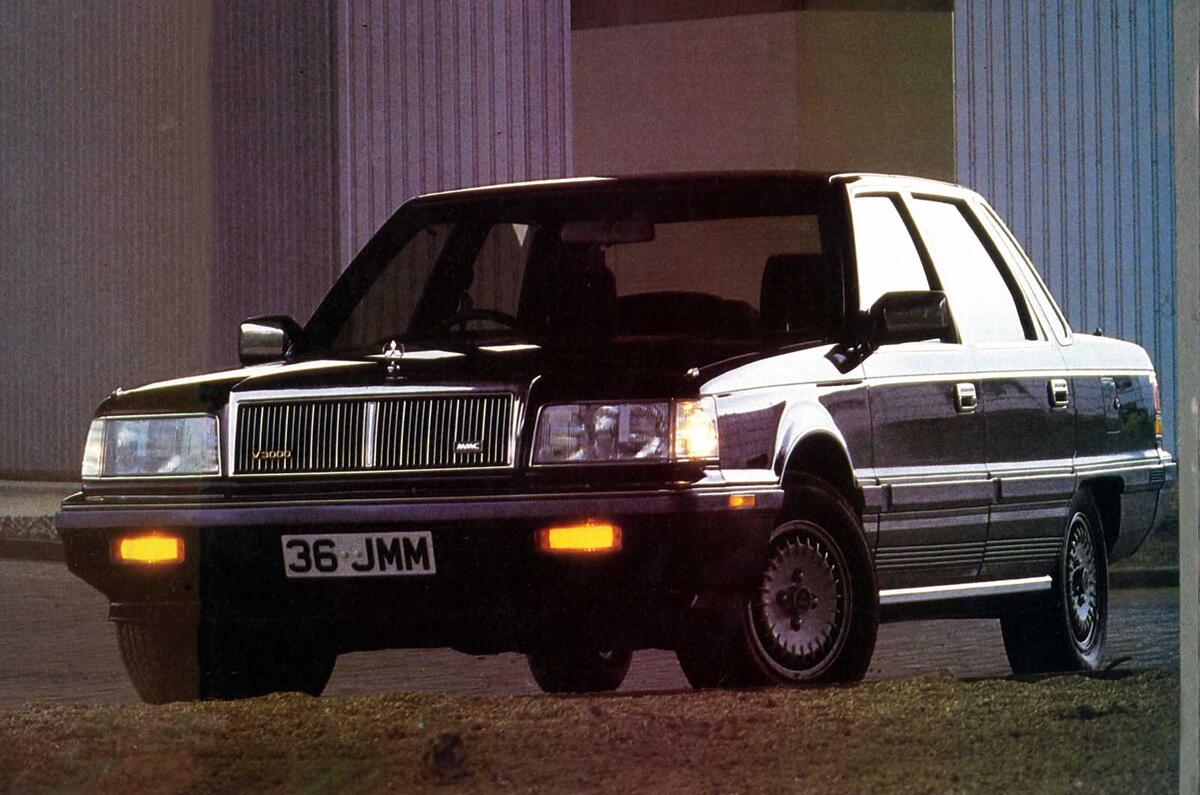




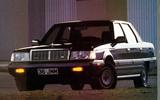





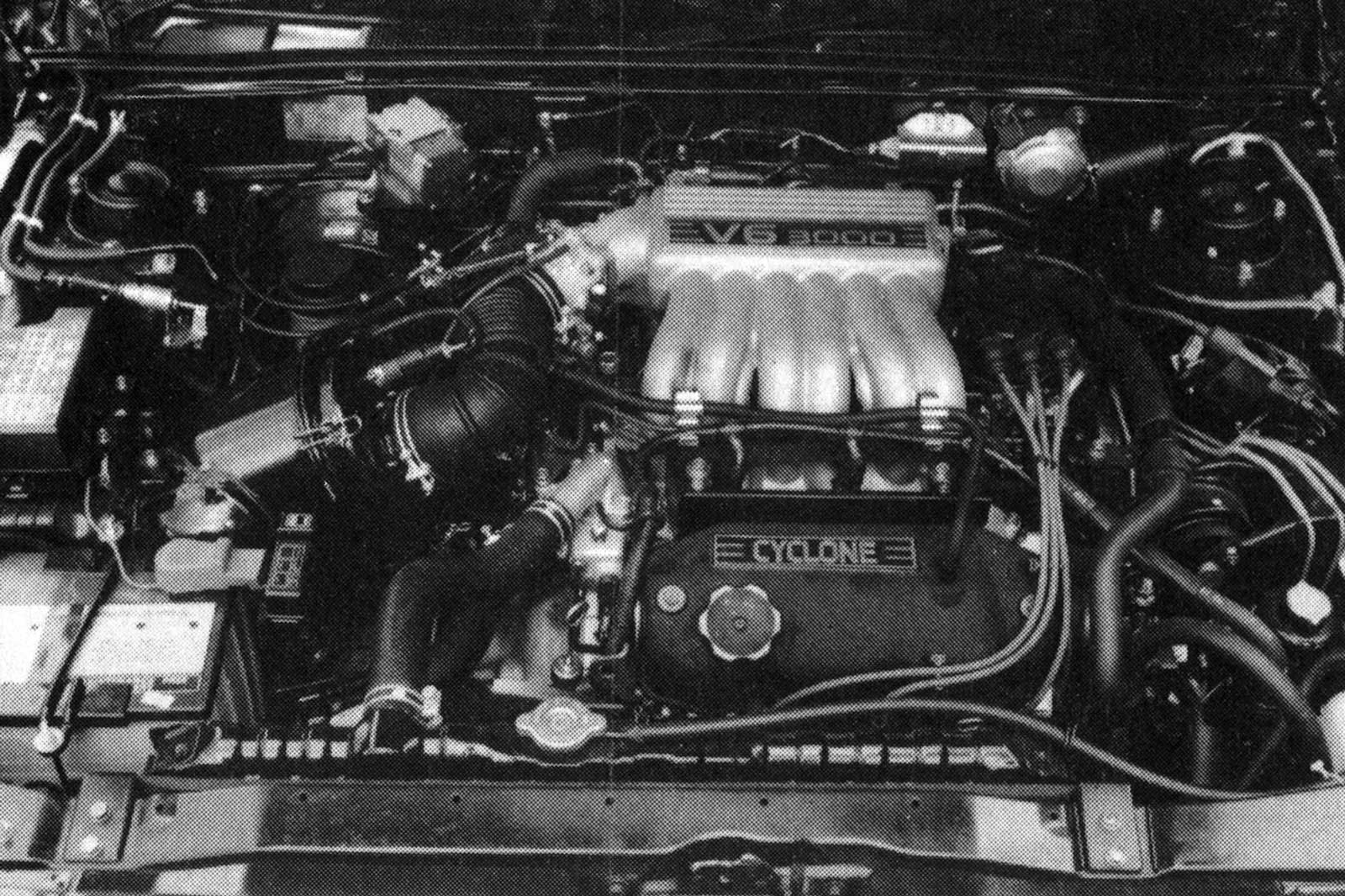 "In comparison, the Honda 2.5-litre V6 found in the
"In comparison, the Honda 2.5-litre V6 found in the 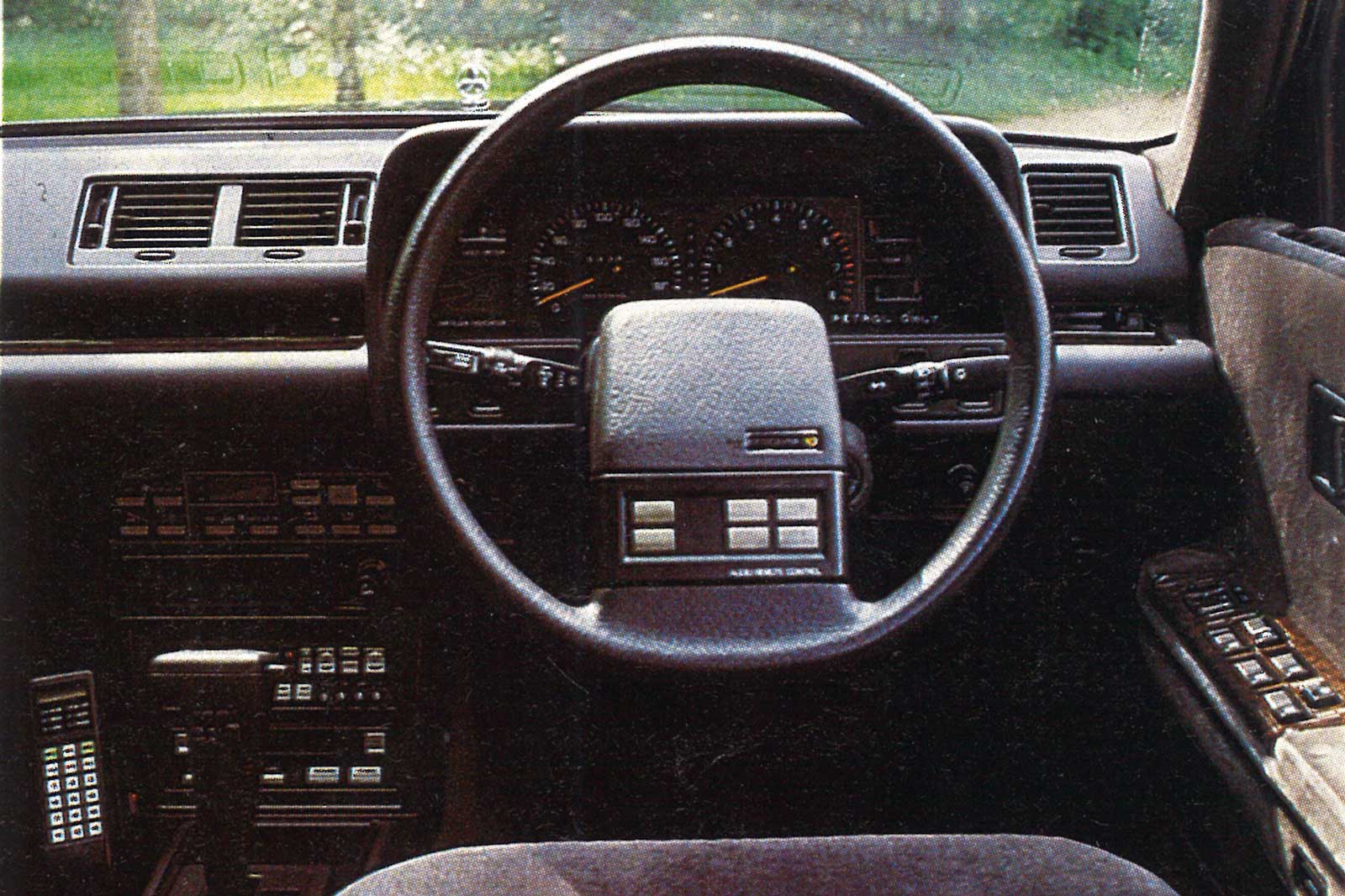
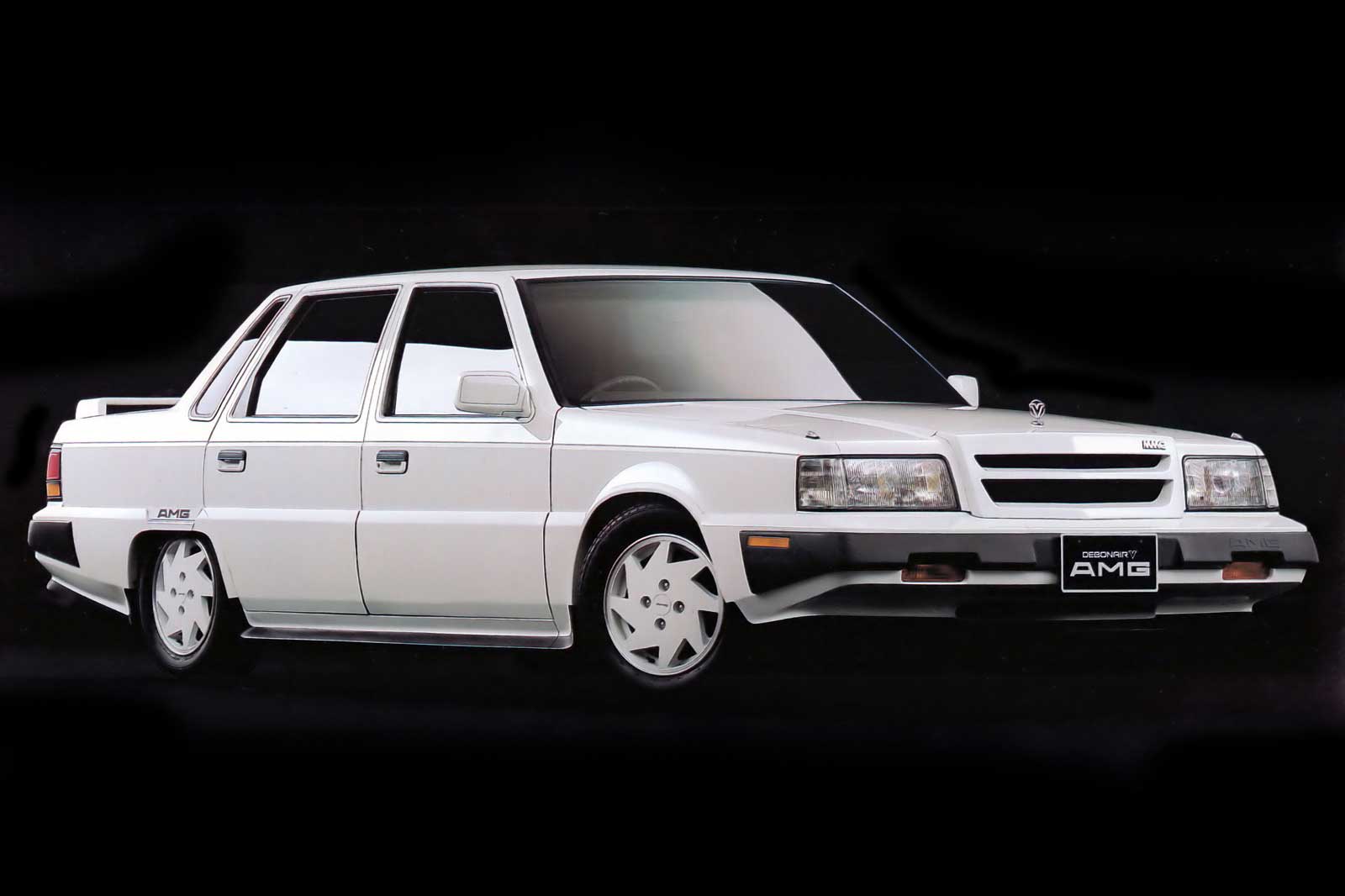 "All the seats are electrically adjustable, including those in the rear.
"All the seats are electrically adjustable, including those in the rear.

Join the debate
Add your comment
A.M.G
Mitsubishi Debonair V
Another potential rival to Toyota's perennial Century,along with the Nissan President all three which were launched at roughly the same time in the mid sixties. None of the three were intended to be big sellers but the Debonair went to three generations and lasted until 1998 so that's a pretty long production run,the President managed to make it to 2012 so that leaves the Century at the peak of luxury in the Japanese market